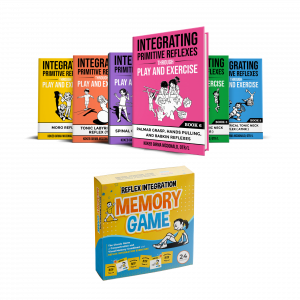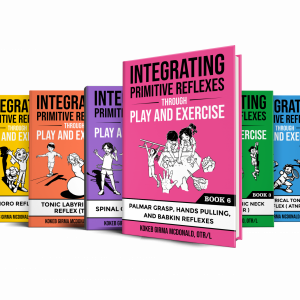Research is unveiling the fascinating connections between the way we use our hands and how we produce speech sounds. For occupational and speech therapists, understanding these links can significantly enhance treatment planning and lead to more effective therapy outcomes for children. Let’s explore key findings from studies that shed light on the relationship between grasping, speech production, and the importance of movement in child development.
Understanding the Research
A study by Gentilucci and Corballis (2006) explored how different types of grips—specifically precision grips and power grips—affect speech production. It was found that participants were more adept at pronouncing certain vowel sounds while employing the corresponding grip type. For instance, the high, narrow vowel [i] was easier to say when participants were using a precision grip, while the open vowel [ɑ] was linked with the use of a power grip. This suggests that our brain coordinates hand and mouth movements, highlighting a fascinating overlap in the motor planning involved in both actions (PLOS) (PLOS).
Further supporting this connection, a study conducted by Vainio (2019) demonstrated that the planning of mouth and hand movements is closely related. The research showed that the actions of grasping could influence how speech sounds are articulated. When participants engaged in hand movements while speaking, their articulation patterns adapted based on their hand actions. This suggests that the brain’s motor planning areas for hand and mouth movements are shared, reinforcing the notion that these systems evolved in conjunction (SpringerLink).
Additionally, studies investigating language development emphasize the role of gestures in early language formation. Research indicates that modern sign languages can provide insights into how language may have originally developed from physical actions. The neurological control of hand and mouth actions is similar, suggesting that coordinated motor skills are fundamental to language development (Helda).
The Importance of Addressing Primary Motor Reflex Patterns
For therapists, these findings underscore the importance of developing treatment plans that incorporate primary motor reflex patterns. Children often rely on these reflexive movements as they learn to coordinate their bodies and communicate effectively. By focusing on these foundational movements, therapists can help improve both motor skills and speech articulation.
Movement plays a crucial role in child development. Engaging in physical activities supports sensory integration, coordination, and overall motor development, which are all vital for effective communication. When children experience movement through play and structured activities, they not only enhance their physical skills but also their ability to articulate sounds and form words.
Enhancing Therapy Outcomes Through Movement
Integrating movement into speech therapy can lead to faster and more effective results. By incorporating activities that involve both hand and mouth coordination, therapists can create a dynamic learning environment. For example, using grasping activities to practice speech sounds allows children to physically engage with the task, making the learning experience more holistic and enjoyable.
Research has shown that the more a child is involved in physical activities while practicing speech sounds, the better they will articulate those sounds. For instance, combining actions like reaching for objects while saying their names can enhance speech production by linking motor movements with verbal communication (Helda).
Conclusion
The emerging evidence from these studies highlights the interconnectedness of hand and mouth movements and their combined role in child development. For occupational and speech therapists, recognizing the importance of movement in therapy can lead to more effective treatment strategies. By addressing primary motor reflex patterns and incorporating movement into speech therapy, therapists can support children in developing essential communication skills and foster their overall development.
By understanding how movement and speaking are connected, therapists can greatly improve the way children learn and grow. This approach can help kids develop better communication skills and support their overall development.
A-Z Speech and Movement Exercises
The following is a suggested list of fun activities that combine hand movements with speech articulation to help kids improve their memory. These engaging exercises make learning easy while keeping children active and involved!
If you’re interested in creating effective treatment plans based on primary motor reflex patterns, consider joining the Reflex Integration Through Play certification program. This program offers valuable insights and strategies to enhance your therapeutic practices. Learn more about how you can integrate movement into your therapy sessions to achieve better outcomes for your clients!





